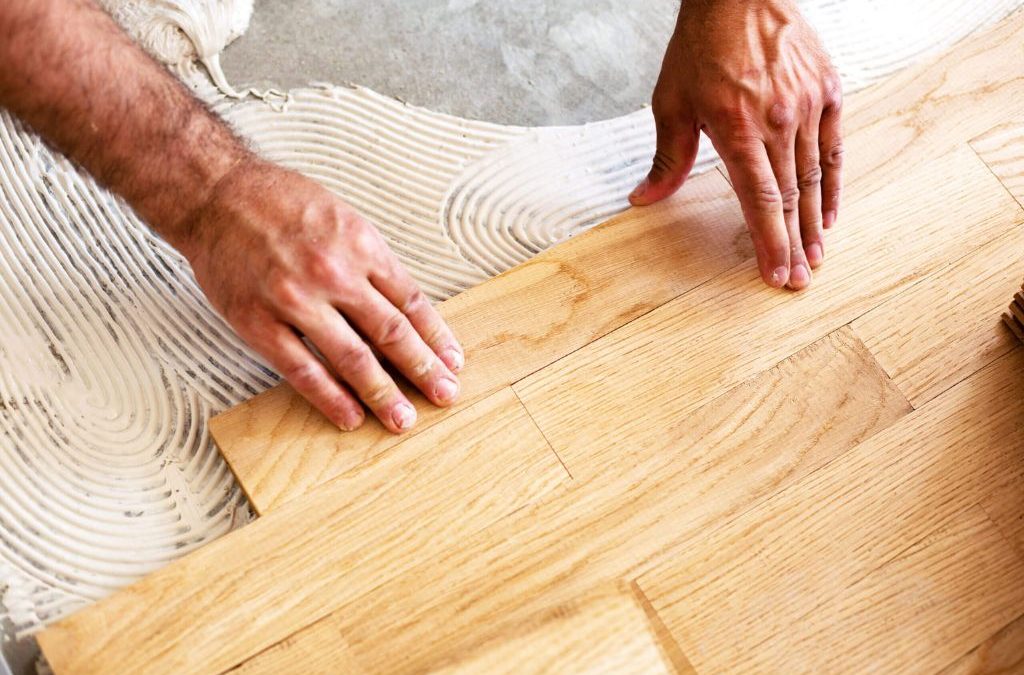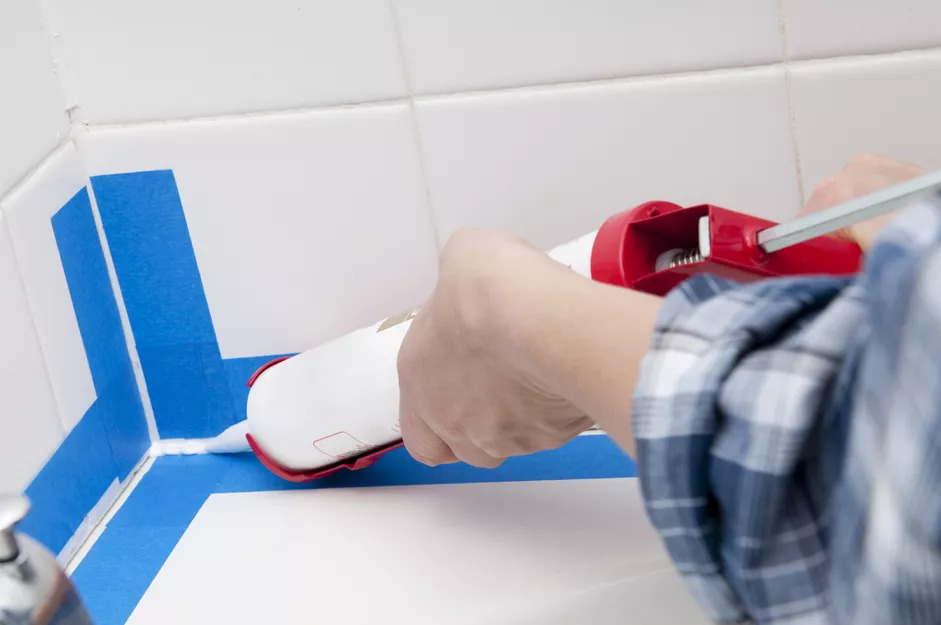Flooring is an essential component of any indoor space – and it’s something every tradie needs to get right on a first installation. Unfortunately, there are a few not-so-uncommon cases wherein flooring gets wrongfully installed, which can lead to aesthetic mishaps or an unsatisfied client.
These errors could stem from a variety of potential problems, like a bad DIY construction job or oversights of the property’s condition. In any case, flooring problems must be addressed and fixed by tradies as soon as possible for everyone’s satisfaction.
The good news is that many common flooring fails are quite easy for skilled tradies to spot and fix—flooring mishaps must be addressed immediately. It doesn’t matter whether your house is a modest single-storey house or a sizable mansion; in this article, we’ll walk you through some common flooring fails and how a good tradie can solve the underlying issue.
Let’s look at these flooring problems in more detail, alongside some relevant tips on how to deal with these concerns.
1. Choosing the wrong flooring in rooms
Some clients may request specific flooring materials to be laid in parts of their building, and it may be natural to accept their requests without a second thought. But it’s important to consider the implications of using the wrong flooring type when installing them in a building.
Your client might have a clear idea for the aesthetic they want and request flooring that fits their grand vision. However, they may not be completely aware of the flooring type and its ability (or lack thereof) to withstand the toll of environmental conditions.
As the contractor, it’s your duty to inform them of the consequences of an unsuitable flooring type. Floors built in conditions not meant for them will be more likely to warp, smell, or get worn down when exposed to unideal conditions.
For instance, you shouldn’t install carpeted flooring in sun-exposed places like the patio, as it can fade more quickly over time and retain dust, rainwater, and bacteria. Keeping them in living rooms and low-traffic areas is the better solution, and if you need a lead on where to secure high-quality carpets, you can find a carpet flooring range at Choices Flooring.
Similarly, you shouldn’t install timber or laminate flooring in areas that are prone to getting wet, like the bathroom or laundry area. These materials don’t do well with moisture and humidity on their own, making them highly prone to warping and producing foul odours over time. Bathroom-specific, waterproofed tiles are better options.
In any case, a professional tradie should know the ideal types of flooring for each room assignment and suggest only the appropriate flooring materials based on these specifications. This way, the building project won’t have a compromised design that’ll need frequent repairs or renovation work in the future.
2. Inadequate subflooring preparation
Another common mistake trade professionals may make when preparing the building’s flooring is neglecting or rushing the subflooring structure. The subfloor acts as the base layer of your flooring system, setting up the foundation of your entire floor.
If the subfloor has underlying problems that prevent it from effectively performing its intended function, then this could spell trouble for your entire building structure. Some telltale signs of bad subflooring preparation include (but are not limited to) premature wear, squeaky wood boards, warping, and shifting tiles.
Considering this, it’s essential to make some preparations before laying down the flooring foundation. Before you set the floor finish, you should ensure that the subfloor surface is level and even. This ensures that no moisture and mould gets trapped underneath, which can cause a bouncy step and a higher likelihood of premature wear.
To fix this problem, it’s essential for tradies to ensure that the subflooring is properly set before applying a new layer on top of it. Inspect the subflooring and ensure that it’s level, clean, and dry. You can do this by applying a self-levelling compound on the subfloor upon laying it. You can also put a moisture barrier membrane to avoid dampness, which is crucial when installing over concrete.
In some cases, you may have to install an underlay, like an acoustic foam or cement board, to improve the stability and soundproofing of the finished floor. By doing these things, your floor will be less likely to squeak prematurely.
3. Insufficient expansion gaps around edges
Another common tradie fail that could happen is failing to measure the expansion gaps needed in a room.
Most popular flooring materials like vinyl, laminate, and wood expand or contract as a response to temperature and humidity changes. This is normal, and the degree of expansion typically ranges from 8 to 12 millimetres.
Without sufficient space, the swells in the flooring would have nowhere to go, resulting in the flooring crowding, lifting, or buckling in the process. This not only affects the appearance of the flooring but also leads to uneven surfaces and potential long-term, irreparable damage.
Tradies would account for this by using spacer wedges to ensure that there’s enough of a gap to allow expanded flooring to settle naturally without pressure. The gap is then covered by a trim or skirting on the side to make the floor and wall appear seamlessly fixed with one another.
4. Not acclimating the flooring
Most flooring types, like laminate and engineered wood, need time to adjust to their destination’s humidity and environment before they are formally installed. This acclimation process gets the flooring materials to expand or contract according to the conditions surrounding them, eventually settling into their natural state,
Without proper acclimation, the flooring may warp or buckle as a reaction to the sudden change in its environment post-installation. In turn, this can stress the floorboards and shorten their lifespan. Or worse, warrant a costly renovation project to fix.
Professional tradies would give the flooring materials a good two to three days to settle in their future room before the installation. The material should be exposed to the air and laid flat. Once these days have passed and the materials have adapted to their conditions, that’s when tradies can proceed with the floor installation process.
5. Incorrect pattern or layout
Another common mistake tradies make when installing flooring is misaligning the floorboards or floor tiles during the process.
It’s surprisingly quite common for tradies to improperly align and space out floor tiles due to the sheer volume of tiles needed to fill a room. Furthermore, some designs and patterns may also have complex appearances that may not be easily visualised when adding one tile at a time.
A bad layout design can cause misalignments and asymmetry with the entire room layout, which can be jarring to look at and unsatisfactory for most clients. But beyond the appearance, a bad layout would also worsen the structural integrity of the space, particularly if the seams are too close or if the boards aren’t properly staggered.
A skilled tradie knows how to balance the floor layout and measures these dimensions in advance. They account for factors such as the room’s dimensions and traffic flow before executing the floor-laying process. In turn, this reduces the chances of the flooring getting laid down improperly, resulting in a more polished and satisfactory finish.
Why it pays to hire a skilled tradie
Flooring might seem straightforward on the surface, but as you’ve seen, there are plenty of ways it can go wrong without proper planning and execution. Whether it’s poor subfloor preparation, lack of acclimation, or mismatched materials, these issues can all lead to costly repairs and unhappy clients.
By working with experienced tradies who understand the technical requirements and practical demands of each space, you’re not just avoiding mistakes – you’re investing in a long-lasting, visually pleasing result. So when it comes to flooring, getting it done right the first time truly makes all the difference.






